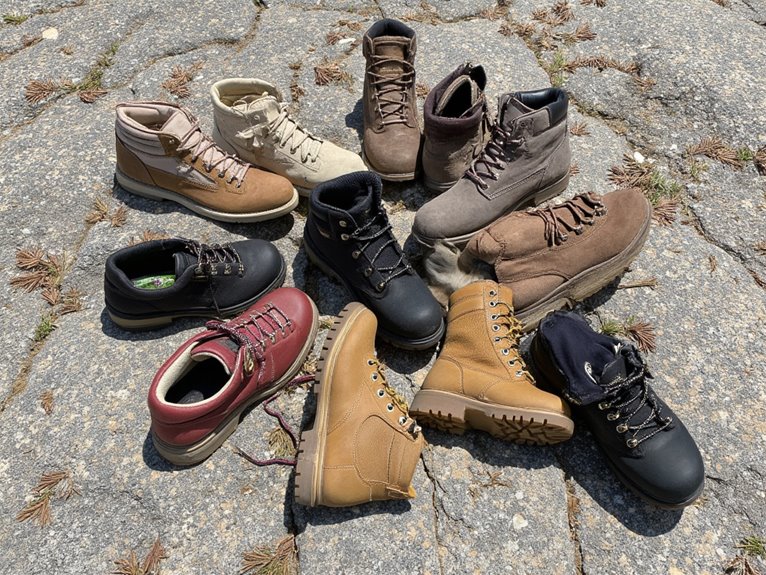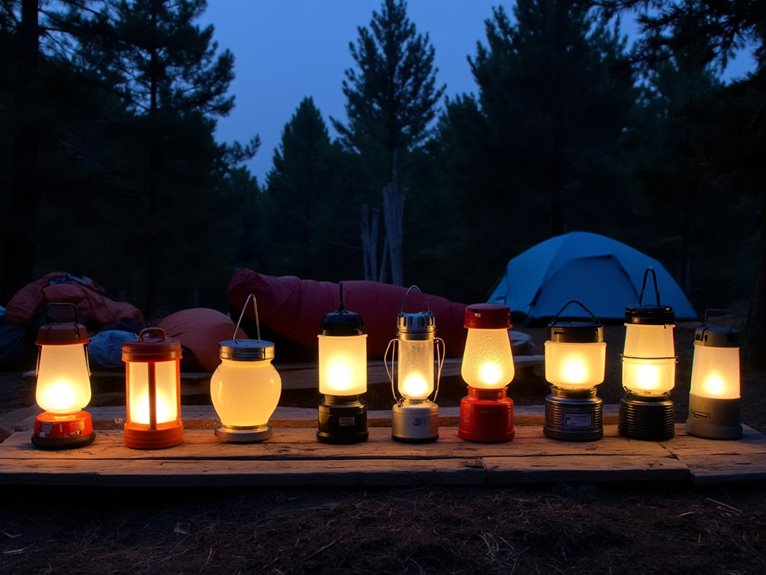What Is Jungle Rot on Feet?
Jungle rot, a fungal infection, wreaks havoc on the feet, leaving behind a trail of discoloration, itchiness, and unpleasant odors. Poor foot hygiene, excessive sweating, and inadequate drying create the perfect storm for this pesky infection. Athletes, outdoor enthusiasts, and individuals who work in hot and humid conditions are particularly susceptible. Wearing tight or synthetic clothing, using harsh soaps, and sharing footwear only increase the risk. But don't let jungle rot get the best of you – learn how to tackle this fungus head-on and reclaim your happy, healthy feet.
We are supported by our audience. When you purchase through links on our site, we may earn an affiliate commission, at no extra cost for you. Learn more. Last update on 7th November 2025 / Images from Amazon Product Advertising API.
Causes of Jungle Rot Infections
Anyone venturing into the humid, tropical environments where jungle rot thrives can fall prey to this fungal infection, which often arises from a combination of factors.
Poor foot hygiene, excessive sweating, and tight-fitting footwear create the perfect storm for fungal growth. Add to that the humid, warm environment, and you've got a recipe for disaster.
Inadequate drying of the feet, especially between the toes, provides an ideal breeding ground for fungal spores. Further, minor skin injuries or cracks in the skin can serve as entry points for the fungus.
Symptoms and Early Warning Signs
When jungle rot takes hold, it's essential to recognize the telltale signs of trouble.
Keep an eye out for discoloration of the skin, a pungent aroma that's hard to ignore, and itchy red rashes that scream 'something's amiss!'
Foot Skin Discoloration
Discoloration of the skin on your feet, often appearing as white, gray, or even black patches, is a telltale sign that jungle rot may be taking hold. This skin discoloration can be a result of the fungal infection penetrating deeper into the skin, causing damage to the skin cells. If left untreated, it can lead to more severe complications.
- Patches may appear anywhere: On the soles, heels, toes, or even in between the toes.
- Discoloration can be uneven: Patches may be irregularly shaped or have distinct borders.
- Color changes can be subtle: Early stages may show a faint grayish or whitish tint, which can progress to darker shades if left untreated.
Foul Odor Presence
A pungent, unpleasant smell emanating from your feet can be a disturbing indicator that jungle rot has taken up residence, even if you've been diligent about foot hygiene.
This foul odor is often accompanied by a buildup of sweat, bacteria, and dead skin cells.
It's like a welcome mat for fungal and bacterial infections.
If you catch a whiff of something funky coming from your feet, don't ignore it! It's your body's way of telling you that something is amiss.
Take heed and take action – wash those tootsies thoroughly, dry them thoroughly, and apply an antifungal powder or spray to prevent the spread of the infection.
Trust us, your nose (and those around you) will thank you.
Itchy Red Rashes
Red, itchy blotches on your feet can be an early warning sign that jungle rot is taking hold, and ignoring them can lead to a full-blown fungal infection. These itchy red rashes can be uncomfortable and unsightly, but they're also a crucial warning sign that something's amiss. Don't brush them off as mere irritation – take action!
- Don't scratch! Scratching can further irritate the skin and create an entry point for bacteria or fungi.
- Keep it clean. Wash your feet regularly and dry them thoroughly, especially between the toes.
- Seek help. If the rash persists or worsens, consult a doctor to rule out other conditions and get proper treatment.
Risk Factors and Who's Affected
While jungle rot can affect anyone, certain individuals are more prone to developing this fungal infection, particularly those who frequent humid environments or engage in activities that cause excessive sweating.
Athletes, outdoor enthusiasts, and individuals who work in hot and humid conditions are at higher risk.
Additionally, people with weakened immune systems, diabetes, or poor foot hygiene are more susceptible to jungle rot.
Even wearing tight or synthetic clothing, using harsh soaps, or sharing footwear can increase the risk.
It's essential to be aware of these risk factors to take preventative measures and avoid this itchy, painful, and embarrassing condition.
Diagnosis and Medical Examination
When diagnosing jungle rot on feet, a thorough medical examination is essential to identify the condition and rule out other potential causes.
A healthcare professional will typically begin by conducting a visual inspection of the affected foot, looking for characteristic signs of jungle rot such as cracks, ulcers, or maceration.
A review of the patient's medical history will also be conducted to gather more information about the condition and its progression.
Visual Inspection
Upon visual inspection, the skilled clinician's trained eye scrutinizes the affected foot, seeking telltale signs of jungle rot, including maceration, erythema, and fissuring.
A thorough examination is essential in diagnosing jungle rot, as it can mimic other skin conditions.
During the visual inspection, the clinician looks for characteristic features such as:
Maceration: Softening and whitening of the skin due to prolonged exposure to moisture.
Erythema: Redness and inflammation, often accompanied by warmth and tenderness to the touch.
Fissuring: Cracks or splits in the skin, which can provide an entry point for bacteria and fungi.
A vital examination is necessary in diagnosing jungle rot, as it can mimic other skin conditions.
Medical History Review
A thorough review of the patient's medical history is necessary to identify underlying factors that may be contributing to the development of jungle rot, such as a history of diabetes, poor circulation, or previous skin conditions.
This review helps healthcare professionals understand the patient's overall health and potential vulnerabilities.
By examining the patient's medical history, doctors can identify potential risk factors and tailor their diagnosis and treatment plan accordingly.
For instance, if the patient has a history of poor circulation, the doctor may prioritize treating the underlying circulatory issue to prevent further complications.
A thorough medical history review is essential in determining the best course of treatment for jungle rot and preventing future occurrences.
Treatment Options and Remedies
Fortunately, jungle rot on feet can be effectively treated with a combination of self-care practices, over-the-counter medications, and prescription treatments, offering relief to those afflicted with this uncomfortable and often debilitating condition.
To tackle jungle rot, consider the following treatment options:
- Topical antifungals: Creams, ointments, or powders that directly combat fungal infections.
- Oral antifungals: Prescription medications that target fungal infections from the inside out.
- Foot soaks and scrubs: Gentle cleansing and exfoliating to remove dead skin cells and promote healing.
Prevention and Foot Care Tips
By taking proactive steps to maintain good foot hygiene and wear proper footwear, you can greatly reduce the likelihood of developing jungle rot on your feet in the first place.
Wash your feet daily with soap and water, and dry them thoroughly, especially between the toes.
Trim toenails straight across and avoid sharing footwear or socks.
Wear breathable, moisture-wicking socks and change them frequently, especially in humid environments.
Opt for well-ventilated shoes and consider applying antifungal powder or spray to keep fungi at bay.
Complications and Long-Term Effects
Left untreated, jungle rot can lead to a multitude of complications, including cellulitis, lymphangitis, and even sepsis, which can have devastating and long-term consequences for overall health. These complications can be severe and even life-threatening if not addressed promptly.
- Chronic Infections: Repeated episodes of jungle rot can lead to chronic infections, causing persistent discomfort and pain.
- Skin Damage: Untreated jungle rot can cause permanent skin damage, leading to scarring and discoloration.
- Systemic Infections: In severe cases, jungle rot can spread to other parts of the body, causing systemic infections that can be life-threatening.
Don't let jungle rot get the best of you! Take preventative measures and seek medical attention if you suspect you have jungle rot.




